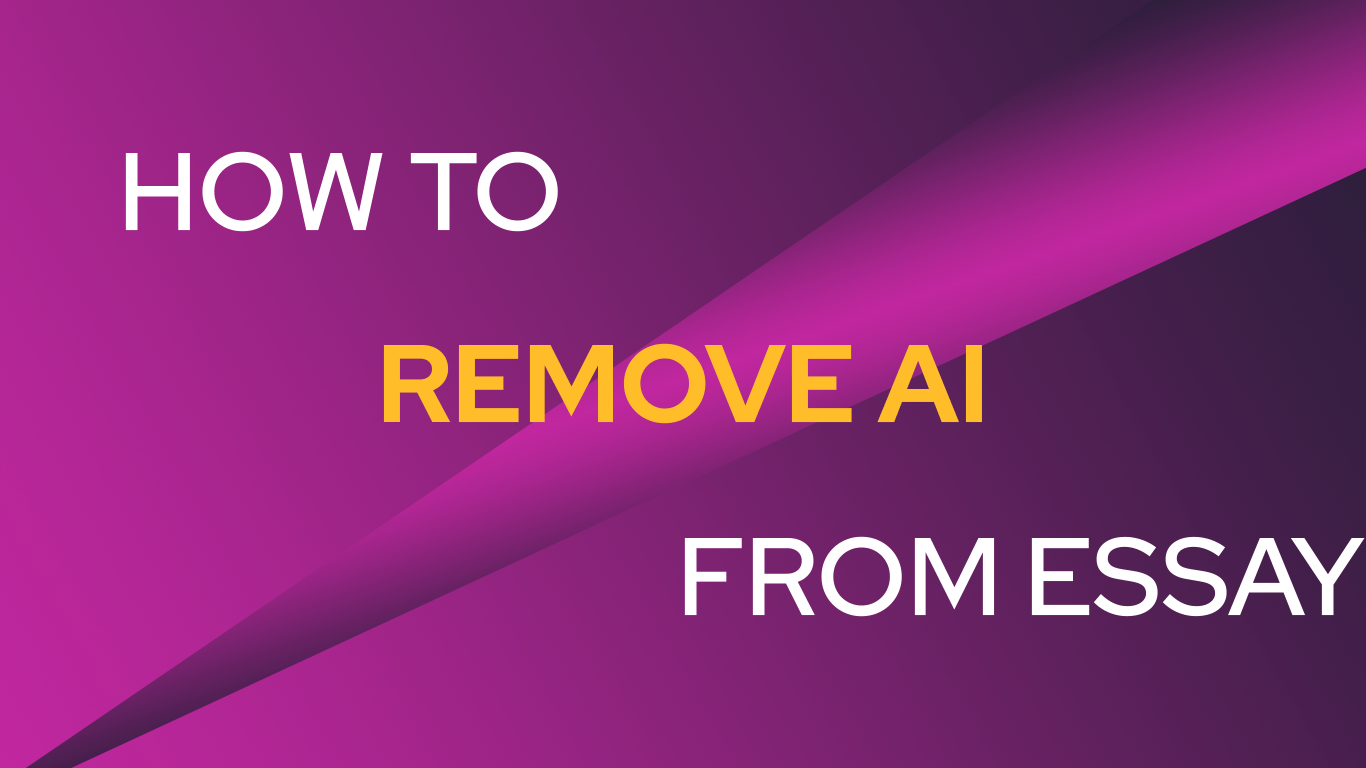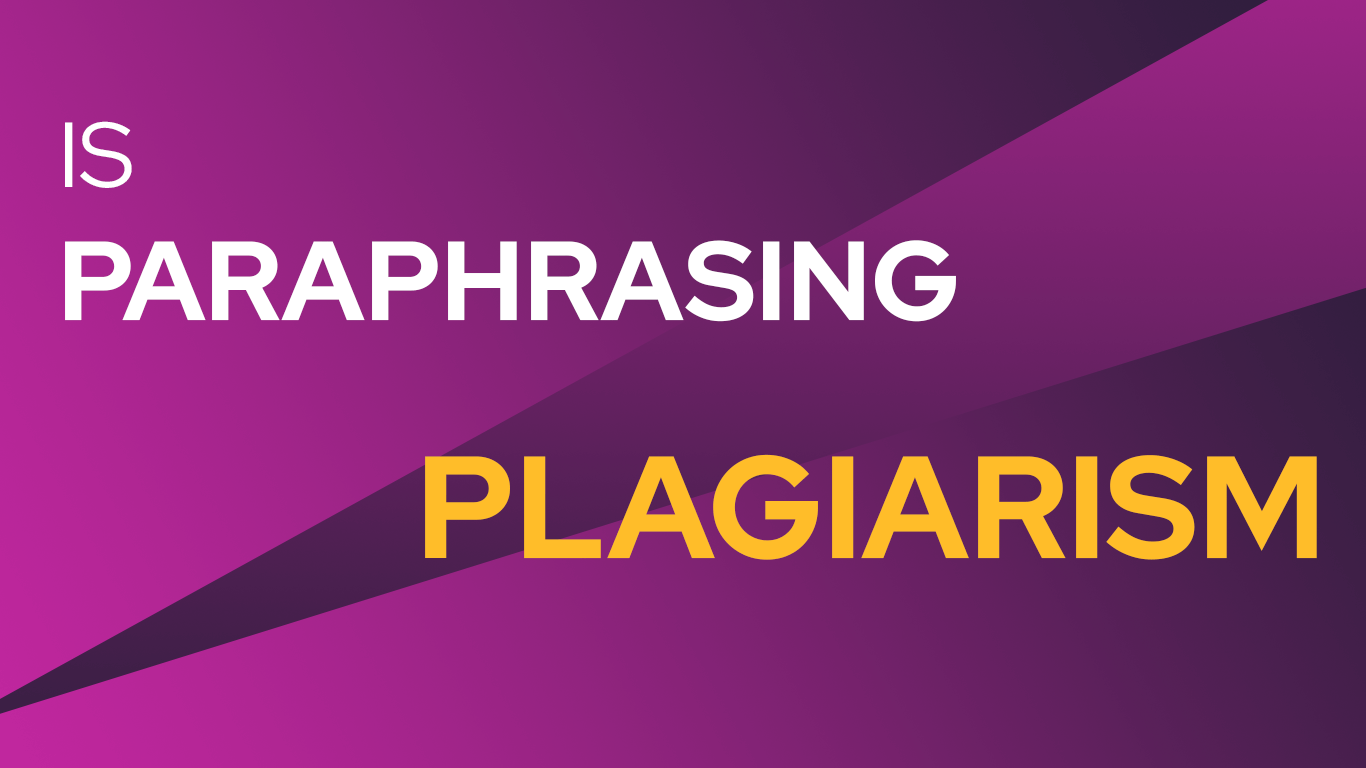In an age where artificial intelligence can swiftly generate text that resembles human writing, distinguishing original work from AI-generated content is increasingly challenging. While AI tools are undeniably helpful for brainstorming ideas or drafting text, relying on them too heavily can compromise the originality of your writing. This guide explores what AI plagiarism is, how to identify it, and most importantly, offers clear strategies to remove AI plagiarism from your essays to ensure your work remains authentic and undetectable. We’ll also discuss how to effectively use tools like Netus AI to enhance your writing while maintaining its originality.
What is AI Plagiarism?
AI plagiarism occurs when content created with AI closely mirrors existing material or lacks personal originality. Unlike traditional plagiarism, where entire sentences or paragraphs are copied directly, AI plagiarism can be more subtle. It often involves rephrasing or restructuring ideas in ways that might seem unique but are actually derived from a vast pool of existing text. This can make detection more difficult and necessitates careful consideration of how we use AI in writing.
As AI becomes more advanced, its ability to produce coherent, well-structured text increases, but so does the risk of inadvertently creating text that feels formulaic or lacks a human touch. This issue is especially relevant in educational and professional settings, where originality is paramount. By understanding the characteristics of AI plagiarism, writers can better navigate the fine line between using AI as a tool and relying on it too heavily.
How Plagiarism Detectors Identify AI-Generated Content
Modern plagiarism detectors can spot AI-generated text by looking for language patterns, word choices, and sentence structures commonly associated with AI. Here’s how these tools typically work to identify content that may have been generated by an AI:
- Pattern Recognition: AI-generated content tends to follow structured templates and logical sequencing that can seem mechanical. By detecting these patterns, plagiarism checkers can distinguish AI text from human writing, which tends to be more varied and spontaneous.
- Unusual Word Combinations: AI language models often use repetitive phrases or slightly offbeat word choices. Detectors flag these word combinations when they seem unnatural or repetitive, signaling AI authorship.
- Consistency in Tone and Style: Human writers naturally vary their tone, style, and word choice across a piece of writing. AI-generated text, on the other hand, often maintains a uniform style, which can seem monotonous or robotic.
- Contextual Analysis: More sophisticated AI detection tools assess whether the text aligns with its broader context. They evaluate whether the text flows naturally with real-world relevance or appears artificially generated, lacking depth or nuance.
By understanding how AI is detected, writers can more effectively use Humanizer AI to create text that aligns with their unique voice and avoid unintentional AI plagiarism.

How to Remove AI From Essay
If AI-generated content is flagged in your writing, there are several ways to refine it into original, high-quality work. Here’s how to transform flagged text and ensure your essays maintain a genuine, human touch:
- Use a Plagiarism Detector to Highlight AI-Like Text
Before revising, start by scanning your work with a trusted plagiarism detector. Tools like Netus AI offer robust plagiarism checks to highlight sections that may resemble existing content. By identifying these flagged areas, you’ll have a clearer sense of where to focus your revisions.
- Rewrite Flagged Sections with Personal Insight
One of the most effective ways to eliminate AI influence is by rewriting the flagged sections entirely rather than simply swapping a few words. Go beyond surface changes—express the ideas in your unique words and infuse them with personal insight. For example, if an AI-generated sentence reads, “Climate change significantly impacts global ecosystems,” consider adding a unique perspective: “Climate change is visibly altering ecosystems worldwide, from the melting Arctic glaciers to disrupted migratory patterns in South America.”
When you personalize the content in this way, you move beyond AI phrasing, adding distinct value and creating a text that more accurately reflects your own understanding and voice.
- Incorporate Real-Life Examples and Personal Anecdotes
AI-generated text lacks the depth and personal connection of human writing. A powerful way to humanize your text is by incorporating real-life examples, observations, or anecdotes that reflect your perspective. If your essay includes a topic like climate change, consider adding a personal note or observation: “I witnessed the effects of climate change firsthand during a summer hiking trip, where we noticed retreating glaciers and unseasonably warm weather.” Adding these details not only makes your work more authentic but also distinguishes it from generic AI-generated phrases.
- Develop a Unique Writing Style
Cultivating a personal writing style is one of the most effective ways to ensure originality. Human writing tends to mix sentence structures, use varied vocabulary, and naturally shift in tone. To achieve this, experiment with different sentence lengths, add vivid descriptions, and aim for a conversational tone where appropriate. Netus AI’s humanization features are designed to assist with this by refining AI-generated text to align more closely with human-like writing styles, giving you control over the tone and style while avoiding detection.
- Paraphrase Thoughtfully and Check for Flow
While paraphrasing can help diversify your text, be sure it doesn’t result in stilted or unnatural phrasing. Aim for a balance between expressing ideas in new words and retaining a natural, human tone. Using a tool like Netus AI for initial paraphrasing suggestions can help, but always review the output to ensure the sentences flow naturally.
For example, instead of automatically changing “AI-generated text can sometimes appear repetitive” to “Machine-created text may seem redundant at times,” aim for a smoother paraphrase that fits your tone: “AI-written content sometimes falls into repetitive patterns that lack the variation found in human writing.” Taking these extra steps will keep your writing natural and engaging.
- Double-Check Citations and Credit Sources Properly
If you include external ideas, facts, or statistics—whether recommended by an AI or not—make sure they are properly cited. Citations add academic value, show thorough research, and reduce any perception of plagiarism. Proper citation is crucial not only for maintaining integrity but also for enhancing your credibility as a writer.
- Read Aloud and Listen for a Natural Flow
Reading your essay aloud is one of the simplest yet most effective ways to identify awkward or robotic-sounding sections. Listening to your own words helps you catch any phrasing that may sound too mechanical, providing an opportunity to revise these parts for a more natural flow. If a sentence feels off when read aloud, revise it until it feels as if you’re speaking directly to your reader.
- Refine Text Using Comparison Tools for Final Edits
After making initial revisions, comparing the new version of your text with the original AI-generated draft can reveal how much it has transformed. Tools like text comparison software allow you to assess side-by-side differences, ensuring the final draft is significantly altered. This step not only verifies the originality of your work but also offers insights into the impact of your revisions.

Why Essays Are Flagged as AI-Generated
Essays often get flagged as AI-generated for specific, avoidable reasons. Knowing these can help you craft content that doesn’t fall into common AI traps. Detection tools, for instance, commonly flag:
- Overly Formal Language: Academic essays often use structured and formal language, which AI detectors may mistake for generated text if it sounds overly stiff.
- Repeated Phrasing: AI tools sometimes reuse certain phrases, making the text appear repetitive or formulaic. By varying your phrasing, you help prevent detection.
- Heavy Synonym Use: Overusing synonyms from AI paraphrasing tools can make sentences sound awkward. Strive for balance, ensuring that synonyms fit naturally within the context.
How to Balance AI Content with Original Content
To maximize the benefits of AI tools while maintaining originality, it’s crucial to use AI as a support, not as a replacement for your own voice. AI tools like Netus AI can be extremely helpful for generating ideas or refining language, but they should enhance rather than define your content. Rewriting AI-generated sections with a personal touch and structuring essays with genuine insight help ensure that your final product is as authentic as it is polished.
Related Posts
Through digital leadership we empower people to leverage the opportunities in global economy




